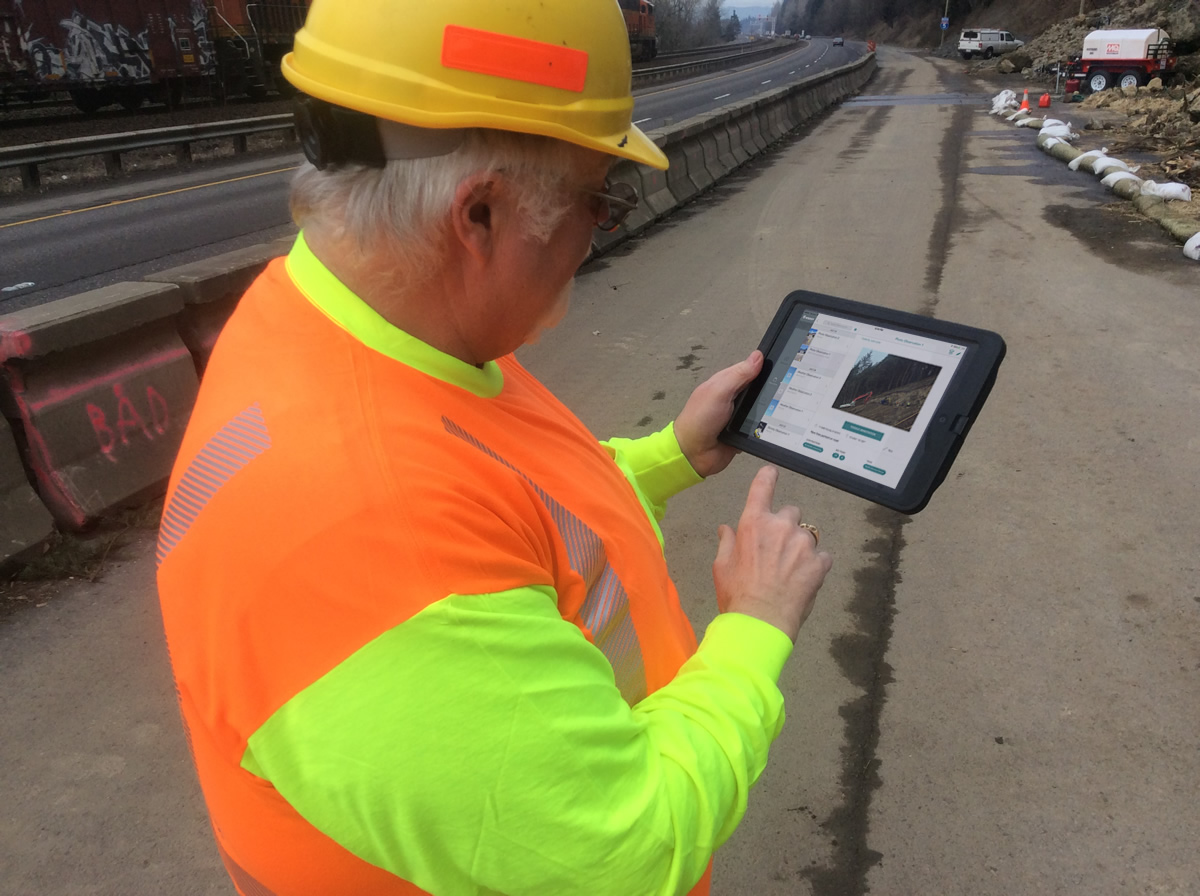Constructing infrastructure is a costly and time consuming affair. Owners and builders go through great efforts testing, inspecting, and documenting many important activities to ensure these cost and time expenditures do not overrun. Traditionally, these tests, inspections, and other documents have been recorded on paper and retained in paper form for years, until they could safely be discarded. E-Construction is an electronic alternative to this where records are recorded and kept digitally, throughout the life of a project and for as long as necessary. This applies throughout the construction process from design to final completion and closeout to create a paperless environment. If you were to visit an e-Construction site, the most visually noticeable difference would likely be the increased use of mobile devices, but e-Construction goes beyond this. It affects many interactions between the office and the field and between owners and contractors, including the use of digital plans & specifications, materials tracking tools, construction inspection reports, testing, and more. There are many benefits to transitioning to an e-Construction model but there are of course some difficulties that need to be navigated as well.

Benefits
There are many benefits to going digital besides the obvious saving of the rainforest. Storing data digitally can improve both the quantity and quality of data that is collected in the field and that in turn can improve the quality and availability of data when it is needs to be retrieved. For example, a construction inspector can quickly take photos of a situation that arises that may require a deviation from the original design. This photo can quickly be transmitted to all parties that need to be notified and make a decision on a resolution, which can be transmitted back to the construction inspector. This expedited decision process will likely prevent a work stoppage on that operation and keep the crews working. These same photos will also be easily retrievable from the server to later resolve any disputes or to pay for items on a time and materials basis. There are many examples such as this, where productivity can also be improved, as a result of live communication and digital connectivity, which can result in savings of both time and money.
Challenges

Large changes in how organizations operate and communicate do not come easy. It can be difficult to get momentum for a change when policies and procedures have not changed in years or even decades. A thorough plan is needed to make sure all of these policies and procedures are updated to reflect the new system. Once a plan is in place, it may still be difficult to get buy-in from everyone involved. It could change many people’s routines and perhaps even some of their roles. Resistance to change can be even more pronounced if folks are not familiar or comfortable with newer technology, a problem that can usually be minimized with proper planning and training. There are legal concerns that will need to be addressed as well, since official documents will need to be digitally signed and retained. These are all problems that have been overcome in e-Construction and in other industries, the challenges just need to be weighed against the benefits for each organization. As our world becomes increasingly digitized, the benefits seem to grow compared to the challenges.

The Present
It is difficult to say that e-Construction is the future, because it is already being implemented by many, and really it is a bit behind the digital revolution that has hit many other industries. More and more DOTs, construction firms, design consultants, and construction managers are choosing to restructure their businesses to function in a paperless environment. This can in turn make it easier for their clients and partners to follow suit. Careful consideration is required and it takes time and money to implement but the benefits of e-Construction are becoming harder to overlook as technology continues to improve.


good articles ,thanx for sharing